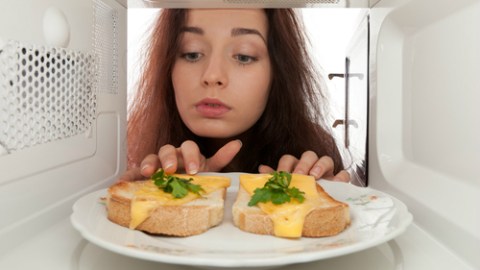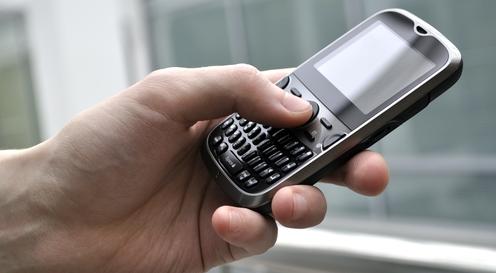How Microwave Ovens Paved the Way for Same Sex Marriage

When I was five my family got its first microwave oven. The department store sent a nice lady over to teach my mother how she could use it to roast a chicken while we four children looked on in amazement. Little did I know then that this device was about to revolutionize marriage in an entirely unexpected way.
An interesting piece on Bloombergthis morning argues that the same economic factors that brought an end to “traditional” marriage are paving the way for the legalization of equal marriage rights for homosexual couples – home production technologies and the higher earning ability of women.
The beginning of the last century brought with it a whole new technology that revolutionized housework – electrification. Almost immediately the market was flooded with new consumer durable goods, such as washing machines and electric irons, designed to make women more productive.
Economists like Jeremy Greenwood have argued that these early technologies decreased the opportunity cost of having wives working outside of the home and created an economic incentive that pushed women out of the home and into the workforce.
At the same time, electrification in manufacturing was creating new jobs that required more brains than brawn. This second economic incentive increased the earning abilities of women pulling women out of their homes and into the waged workforce.
Fifty years later, homes across North America began to fit themselves out with a new technology that saved women more time than any technology that came before it – the microwave oven. Food producers responded quickly with prepackaged foods that were easily prepared in a microwave oven in a matter of minutes.
Before we knew it family dinners were appearing on the dining room table without having a mom at home cooking all afternoon.
The authors of the Bloomberg piece, University of Pennsylvania professors Betsey Stevenson and Justin Wolfers, are absolutely right when they argue that marriage changed as a result of these economic influences.
The traditional economic arrangement where women exercised their comparative advantage in home production while men exercised their comparative advantage in the labor force production has gone the way of the dinosaur, taking with it our view of what it means to work together as a couple.
Once society started to shift way from the “male bread winner” model of the family it was natural to start thinking about new ways to arrange families. Couples in which both partners are the same gender, after all, are not really so different from modern day heterosexual partnerships, at least not in terms of economic organization.
Stevenson and Wolfers, themselves the epitome of the modern day couple, write:
It is no coincidence that many of the opponents of same-sex marriage are also opponents of the ongoing shift to marriages of equality. Theirs is a futile battle.
Indeed, you can fight a war of public opinion if you like but economic influences have been shaping marriage for thousands of years (the bread-winner model of the family didn’t even exist 200 years ago) and they will continue to wield their influence long past the point at which anyone thinks that a loving relationship between two committed adults is unnatural.
Many thanks to Peter Jarrett for sending me the Bloomberg article this morning.





